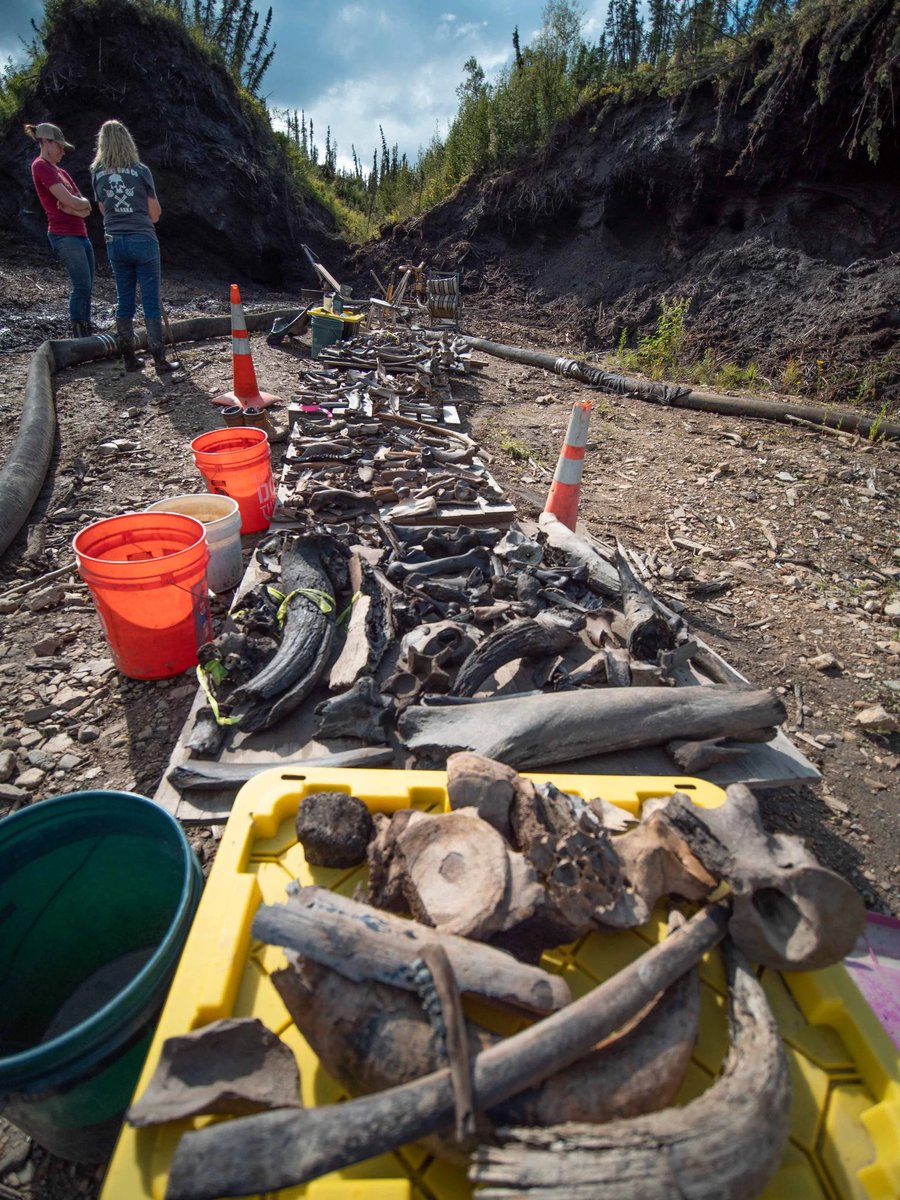
I write things. Uncovering America’s forgotten past. Fact-driven. Lore-obsessed. Mounds, myths, maps.
How to get URL link on X (Twitter) App

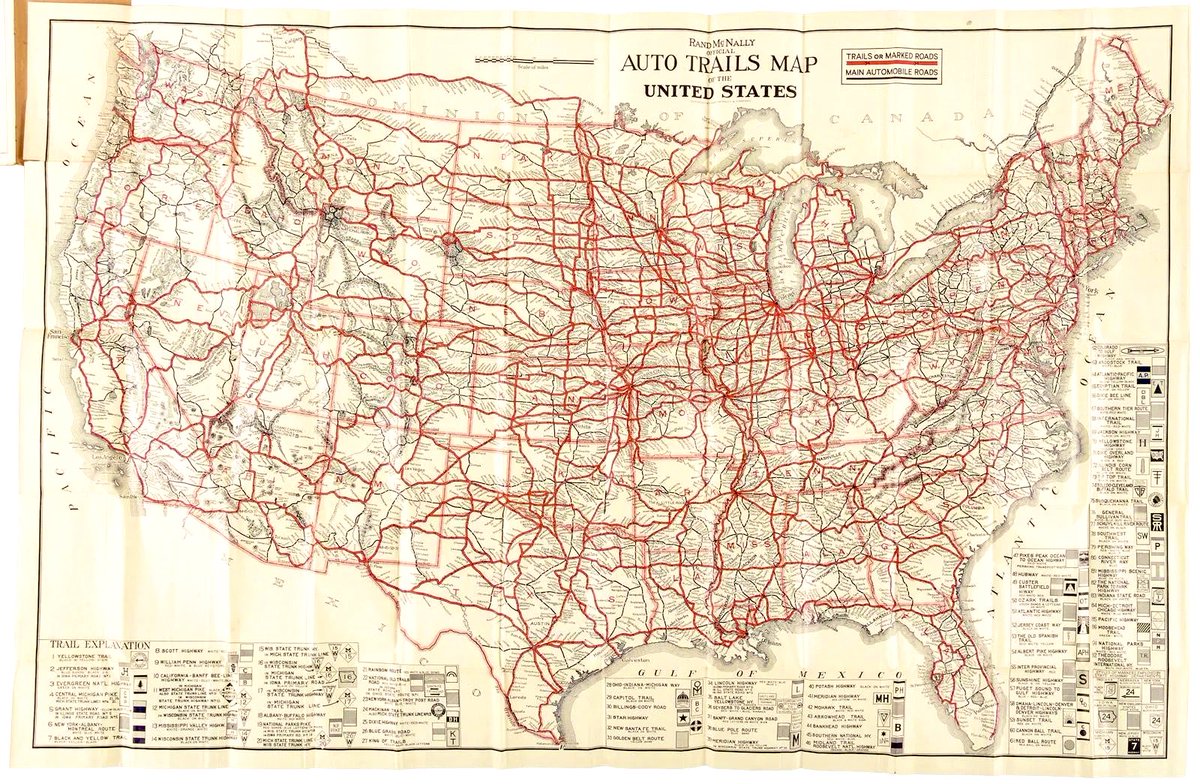
 Bison weren’t just wandering the continent.
Bison weren’t just wandering the continent.

 When colonists found it in the 1600s, they couldn’t believe it was Native.
When colonists found it in the 1600s, they couldn’t believe it was Native.
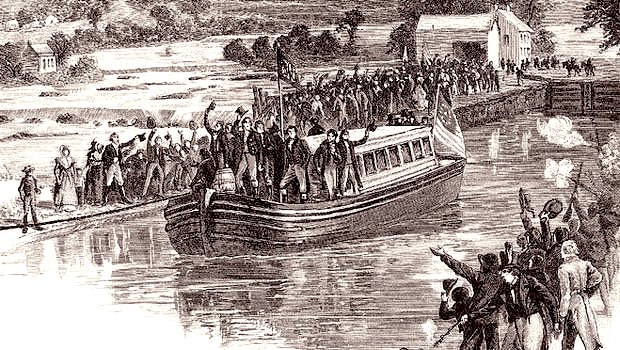
 When it reached New York Harbor, that water was poured into the Atlantic.
When it reached New York Harbor, that water was poured into the Atlantic. 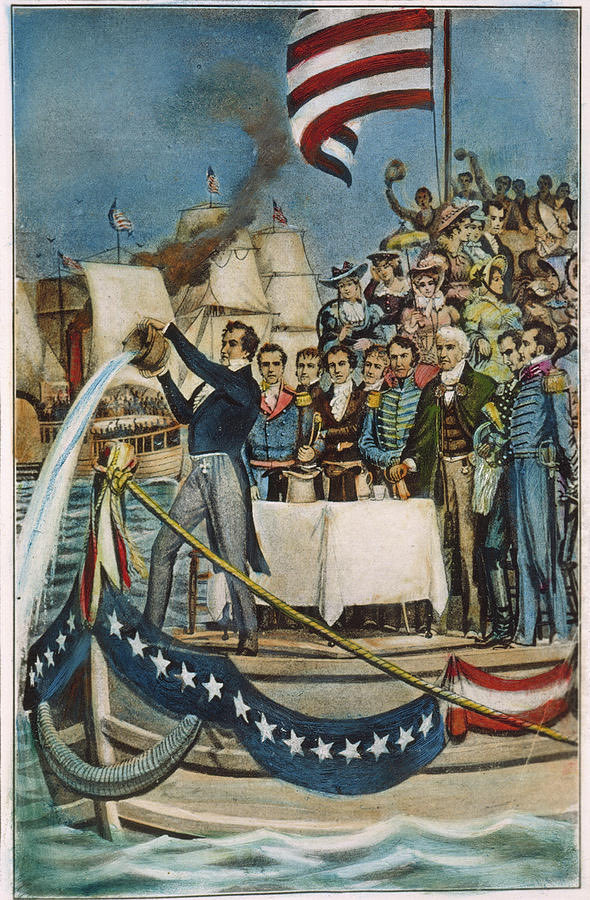
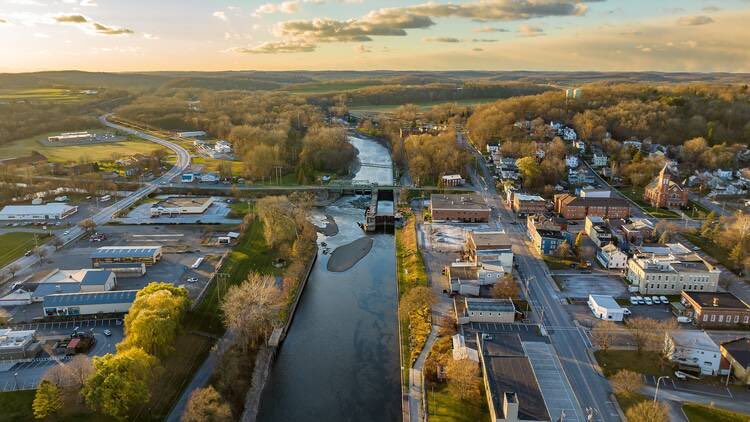
 The Erie Canal wasn’t born of machines.
The Erie Canal wasn’t born of machines.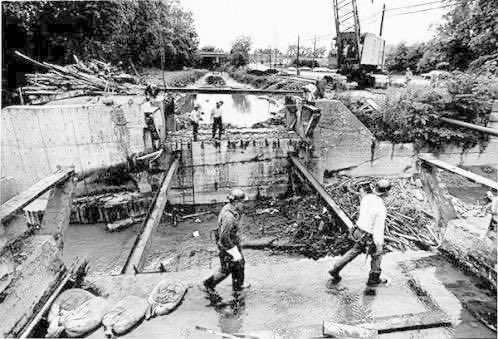
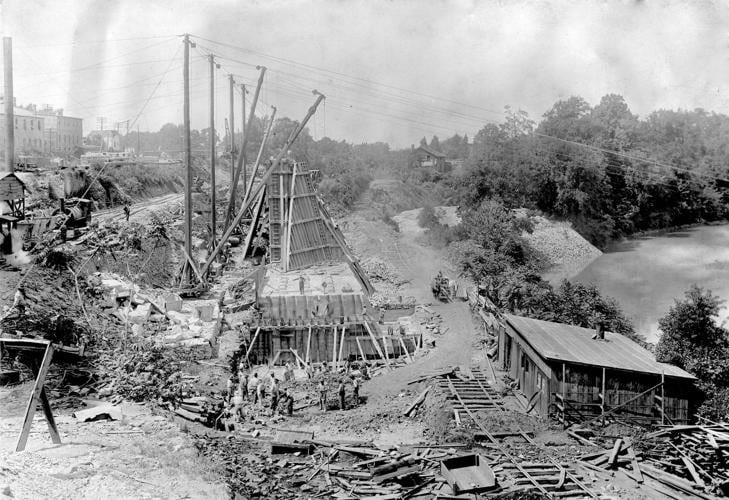
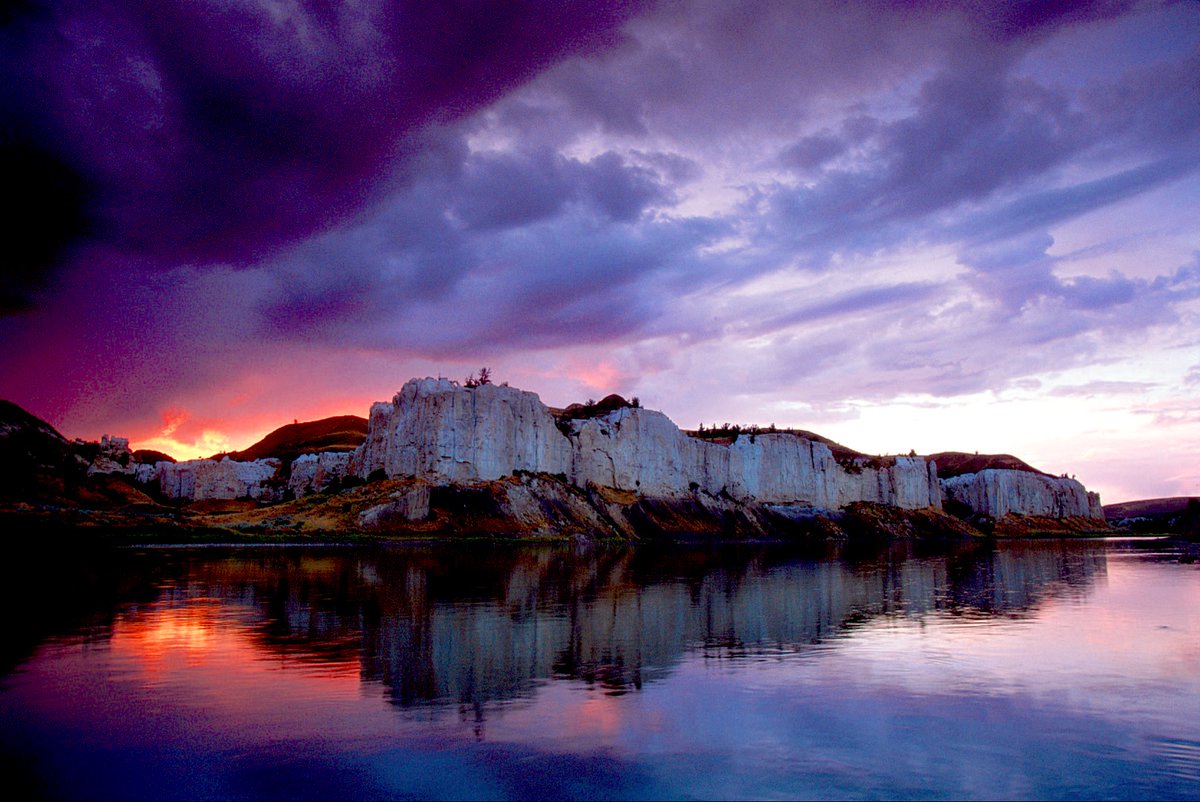
 Lake Oahe came from the Pick–Sloan Plan…a postwar promise to “tame” the Missouri.
Lake Oahe came from the Pick–Sloan Plan…a postwar promise to “tame” the Missouri.
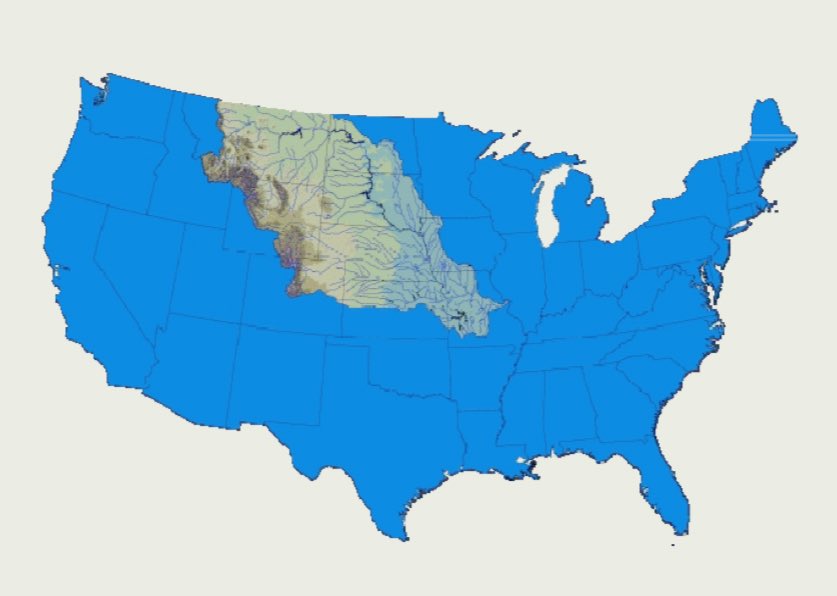
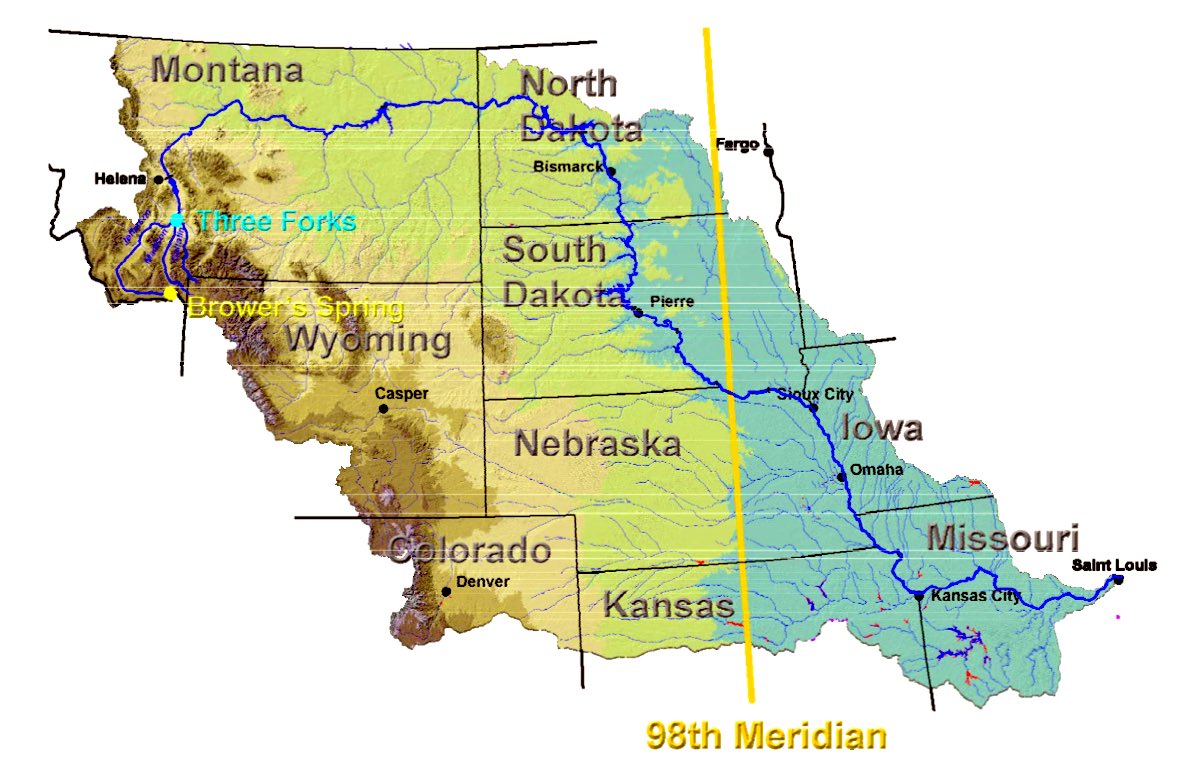


 The Civil War was over, but peace wasn’t.
The Civil War was over, but peace wasn’t.
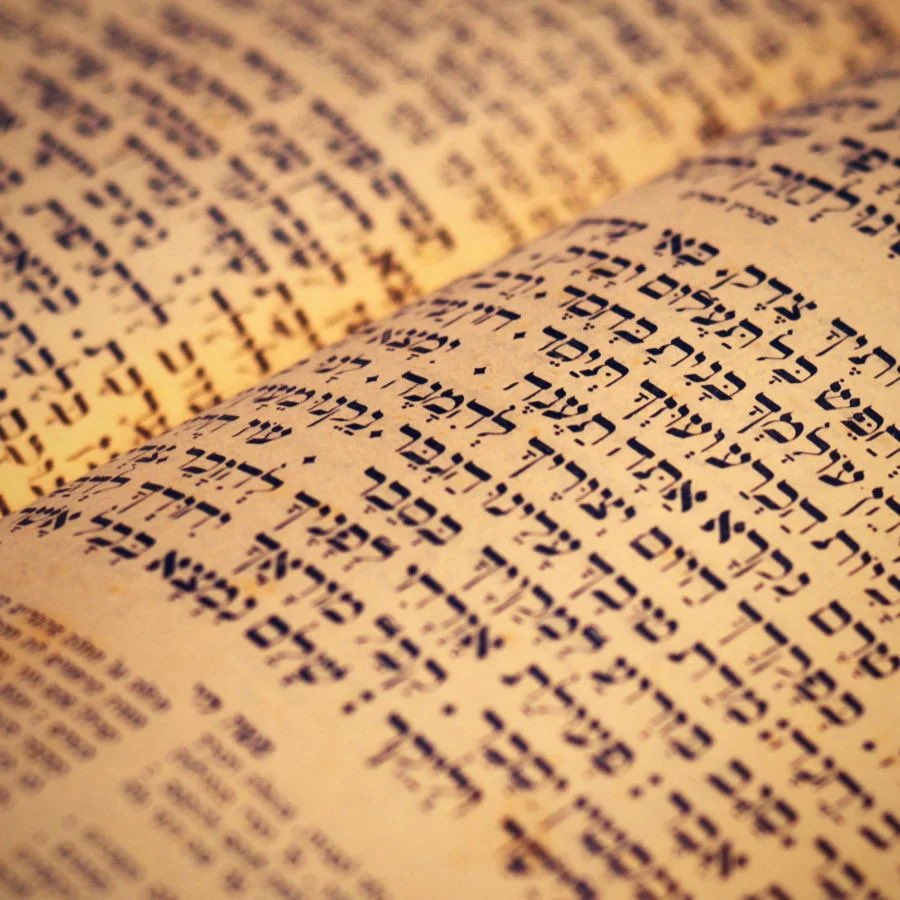
 The roots run deep.
The roots run deep.

 It began in the 1960s at Dimona, in the Negev desert.
It began in the 1960s at Dimona, in the Negev desert.
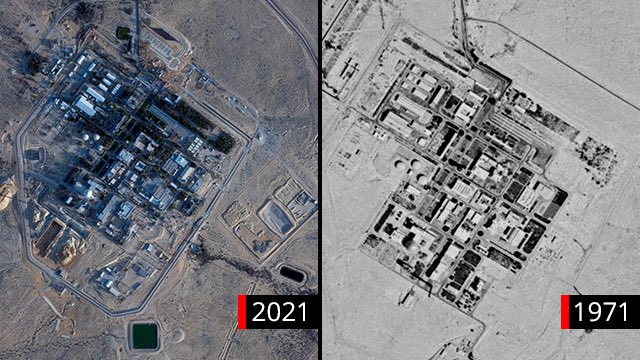
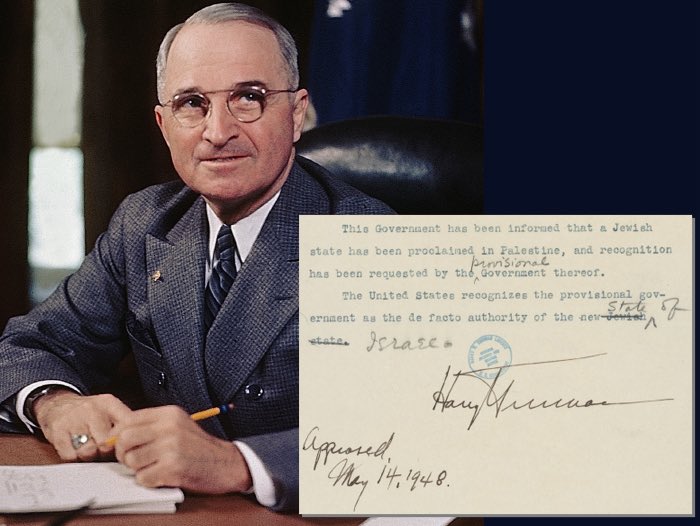
 The roots ran deep in America’s imagination.
The roots ran deep in America’s imagination. 

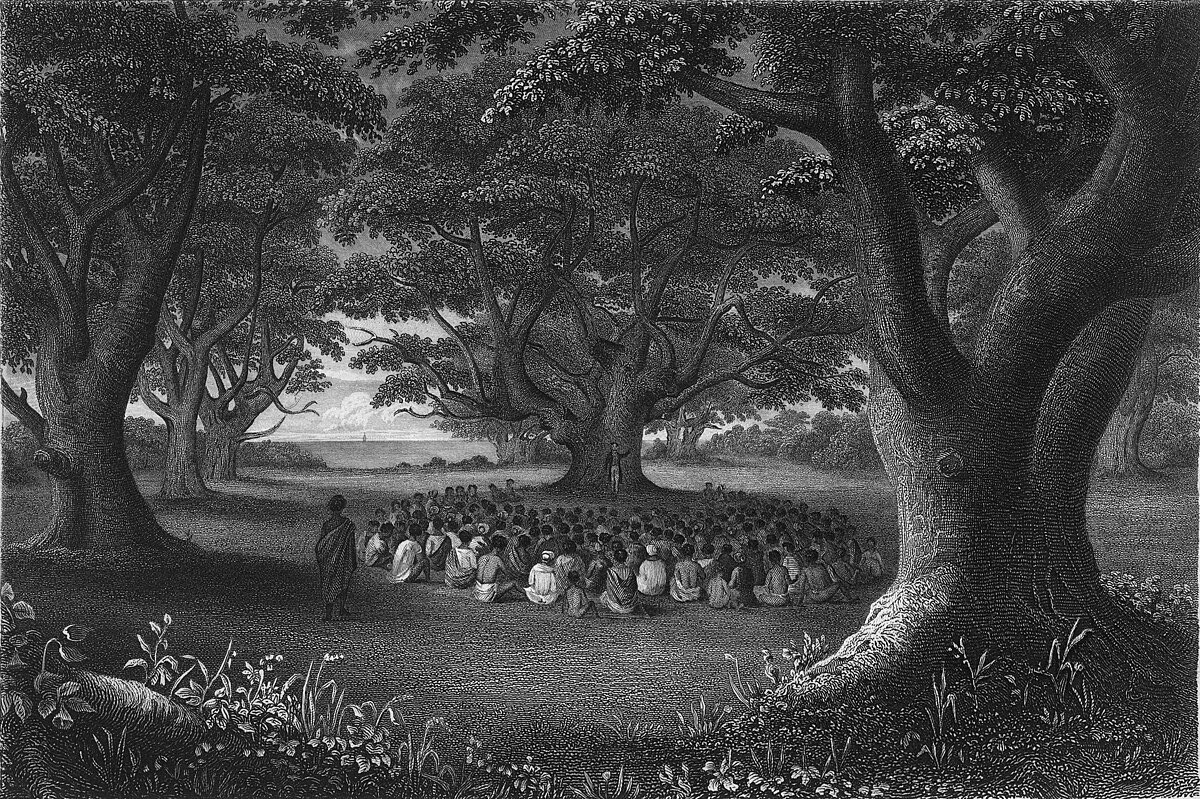


 Enrollees were 18–25, broke, and hungry.
Enrollees were 18–25, broke, and hungry.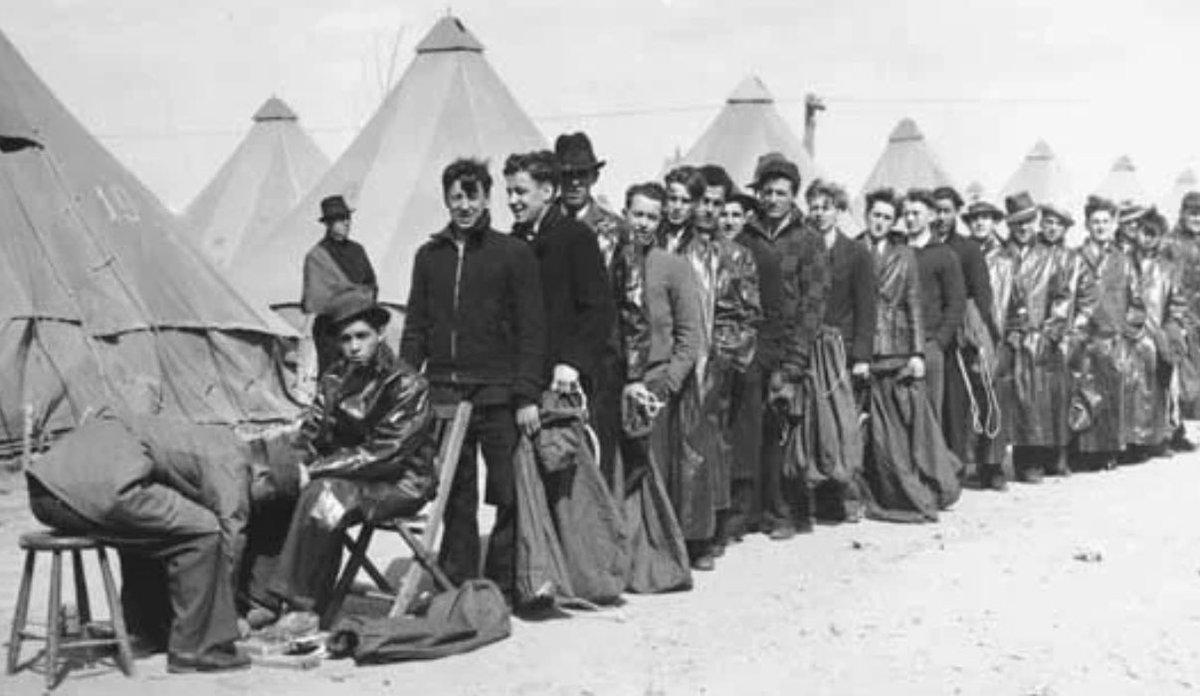
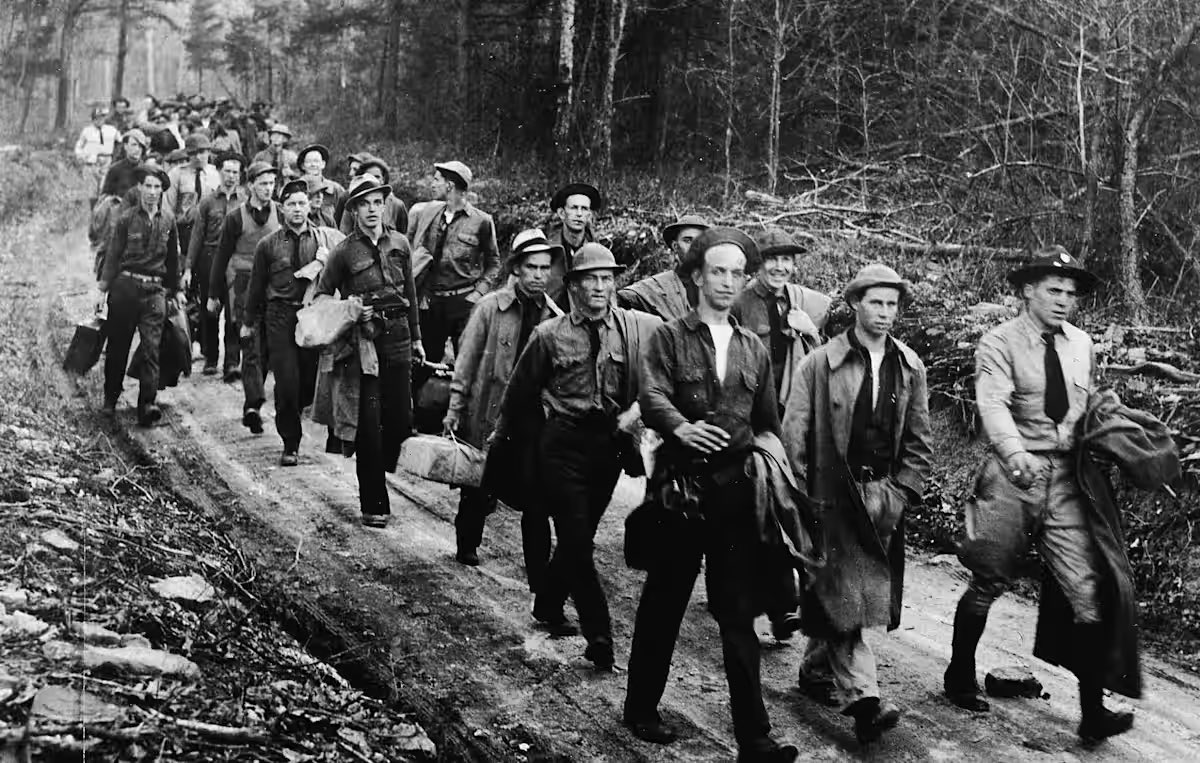
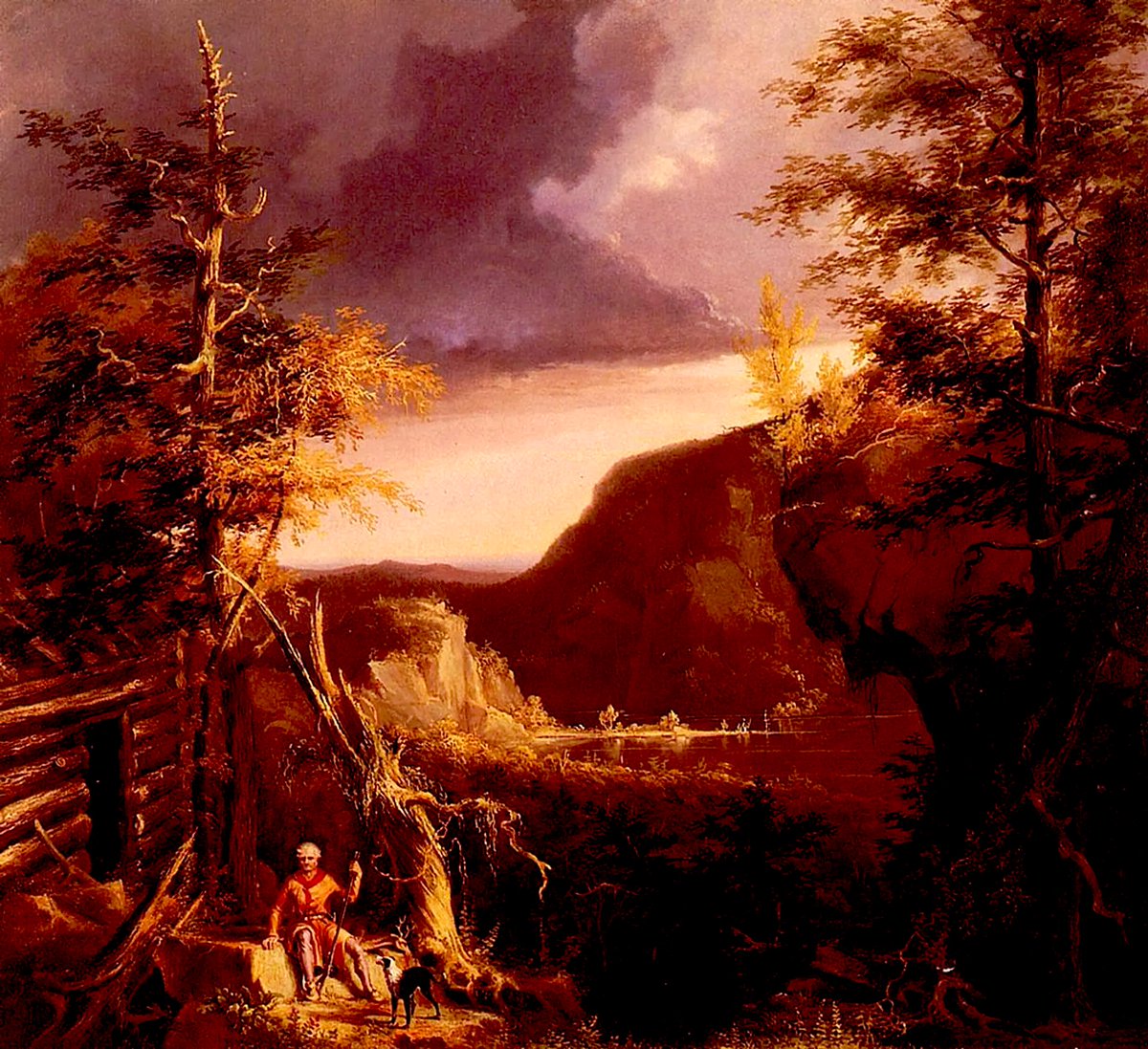
 Born in 1734 on Pennsylvania’s frontier, Boone grew up where farm met forest.
Born in 1734 on Pennsylvania’s frontier, Boone grew up where farm met forest.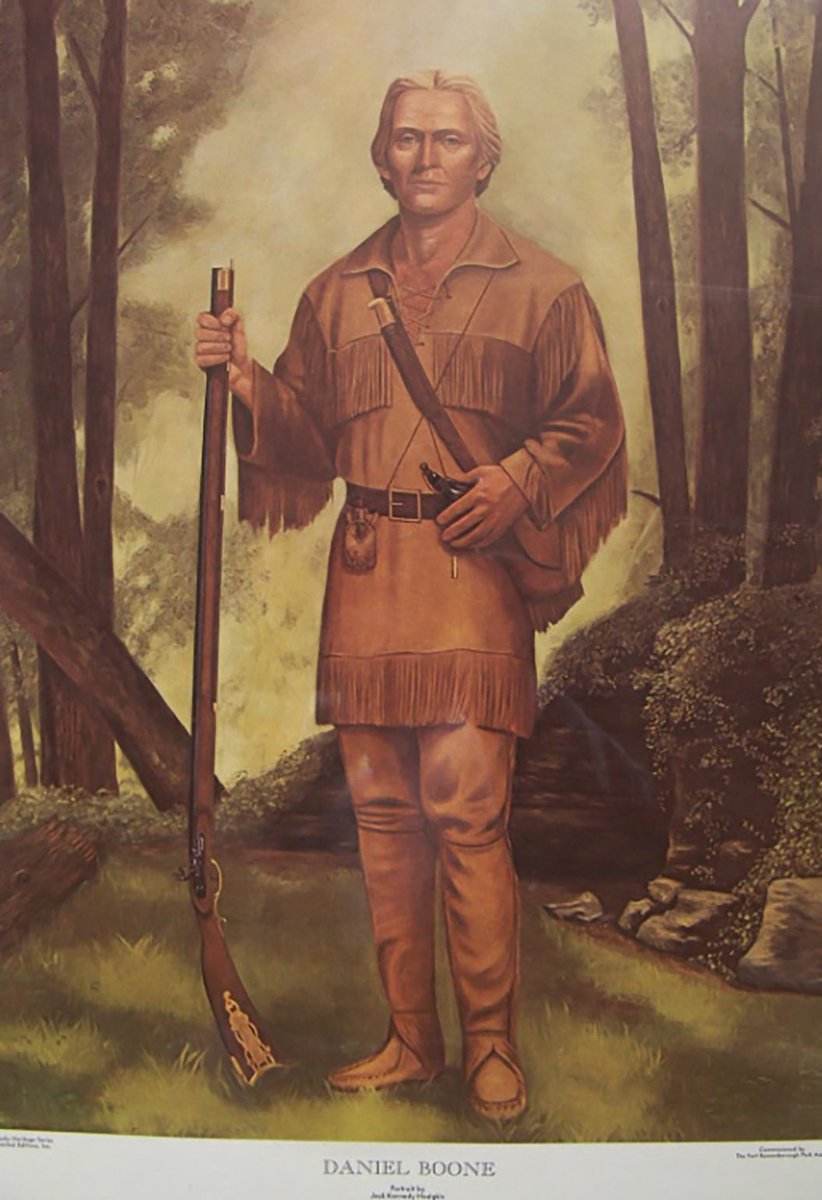
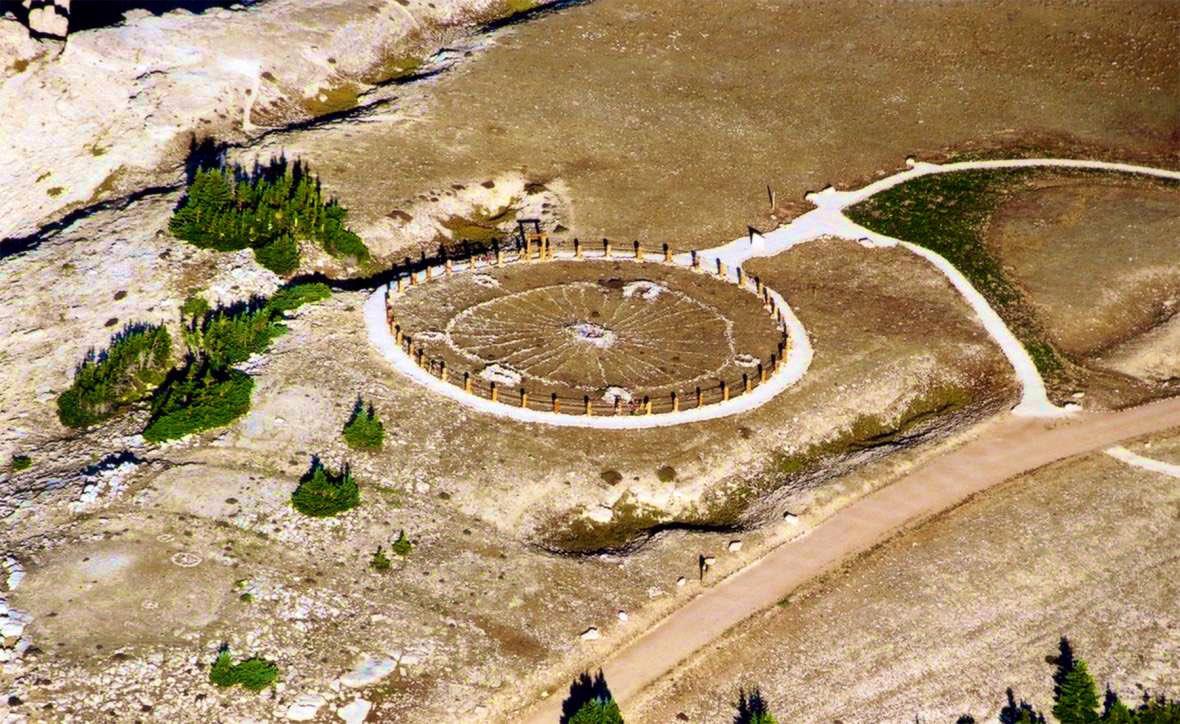
 Here, tribes like the Crow, Cheyenne, Shoshone, and Lakota fasted, prayed, and tied offerings.
Here, tribes like the Crow, Cheyenne, Shoshone, and Lakota fasted, prayed, and tied offerings.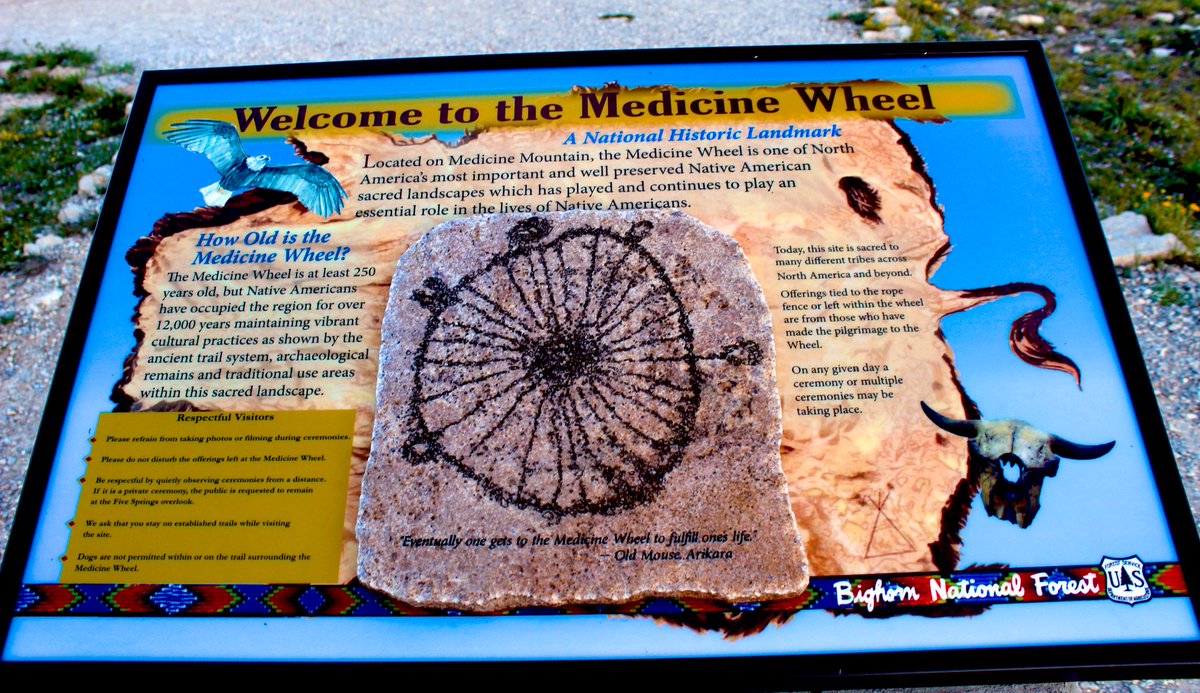
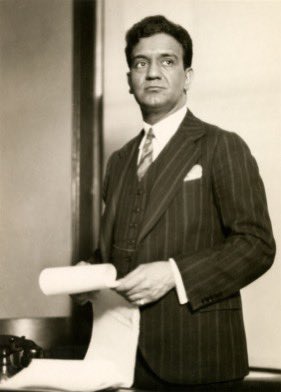
 Pecora forced the titans into the Senate chamber:
Pecora forced the titans into the Senate chamber: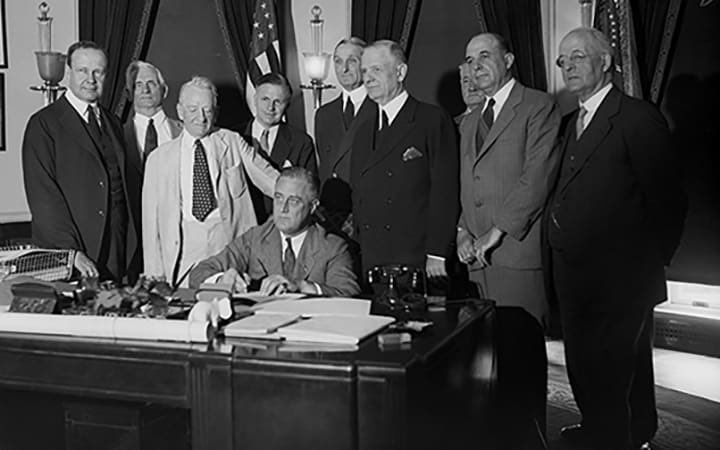
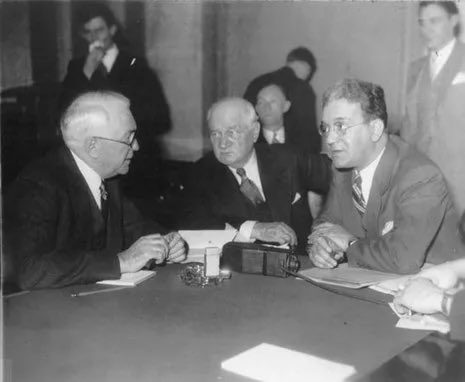
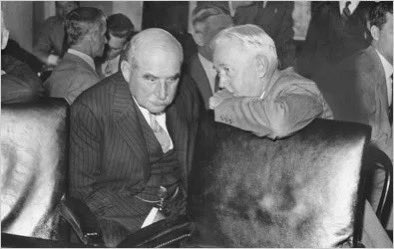
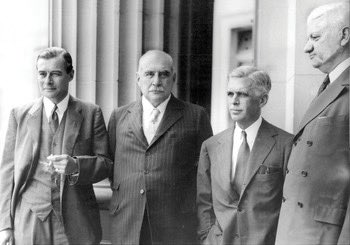
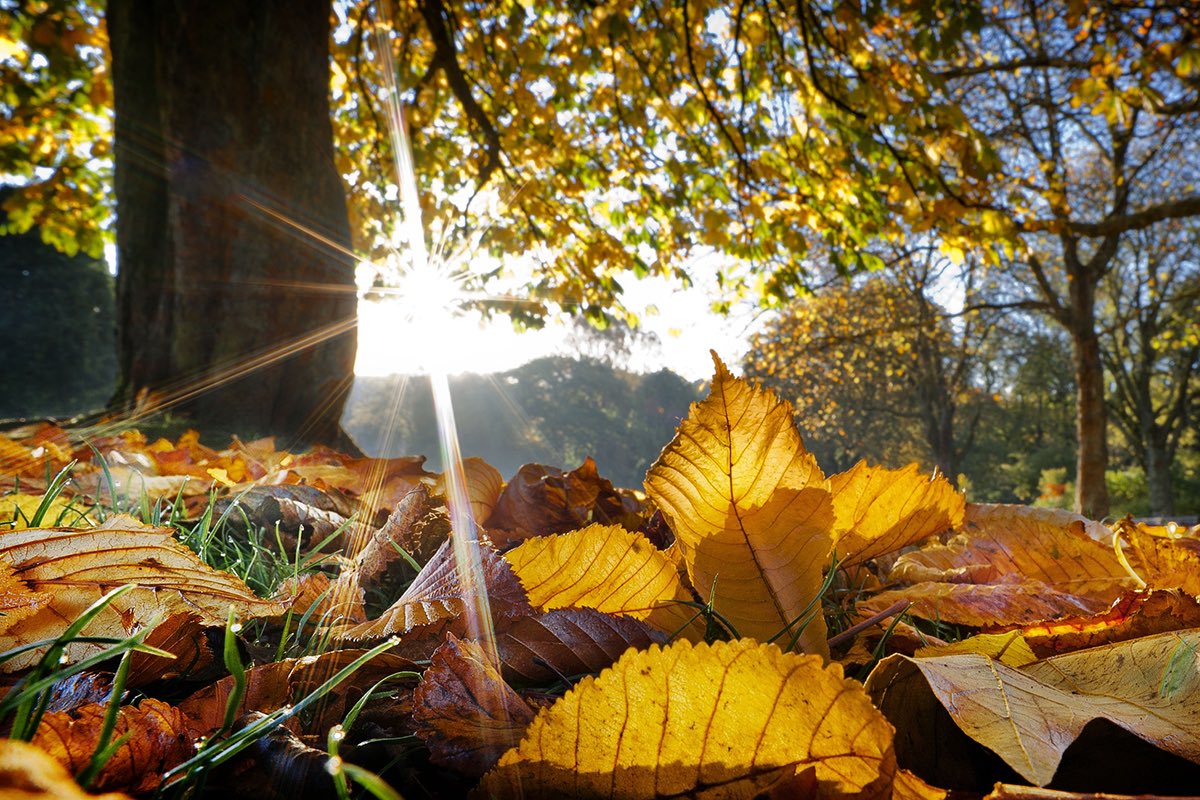
 Why does it happen?
Why does it happen?
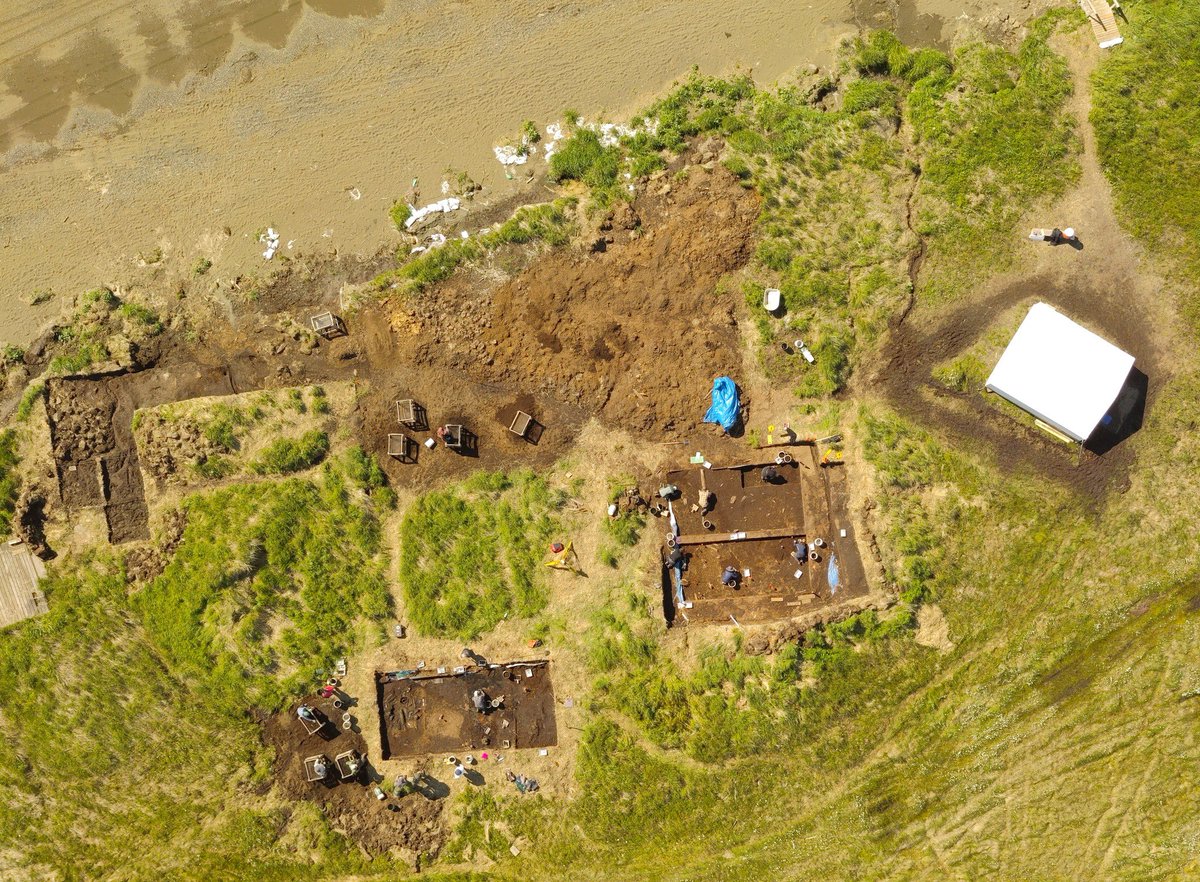
 Permafrost isn’t just frozen dirt.
Permafrost isn’t just frozen dirt.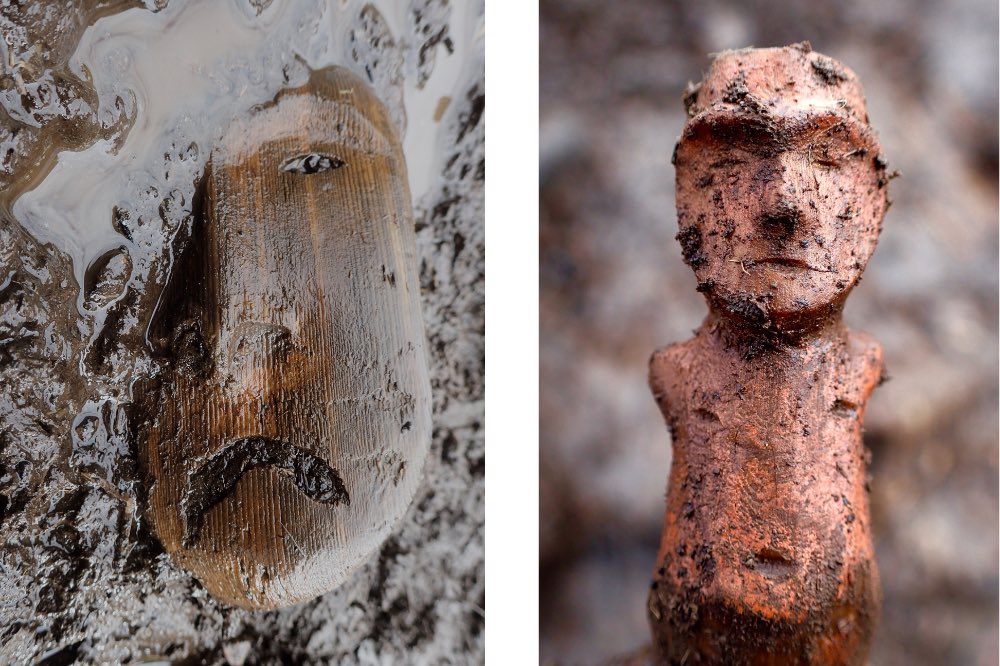
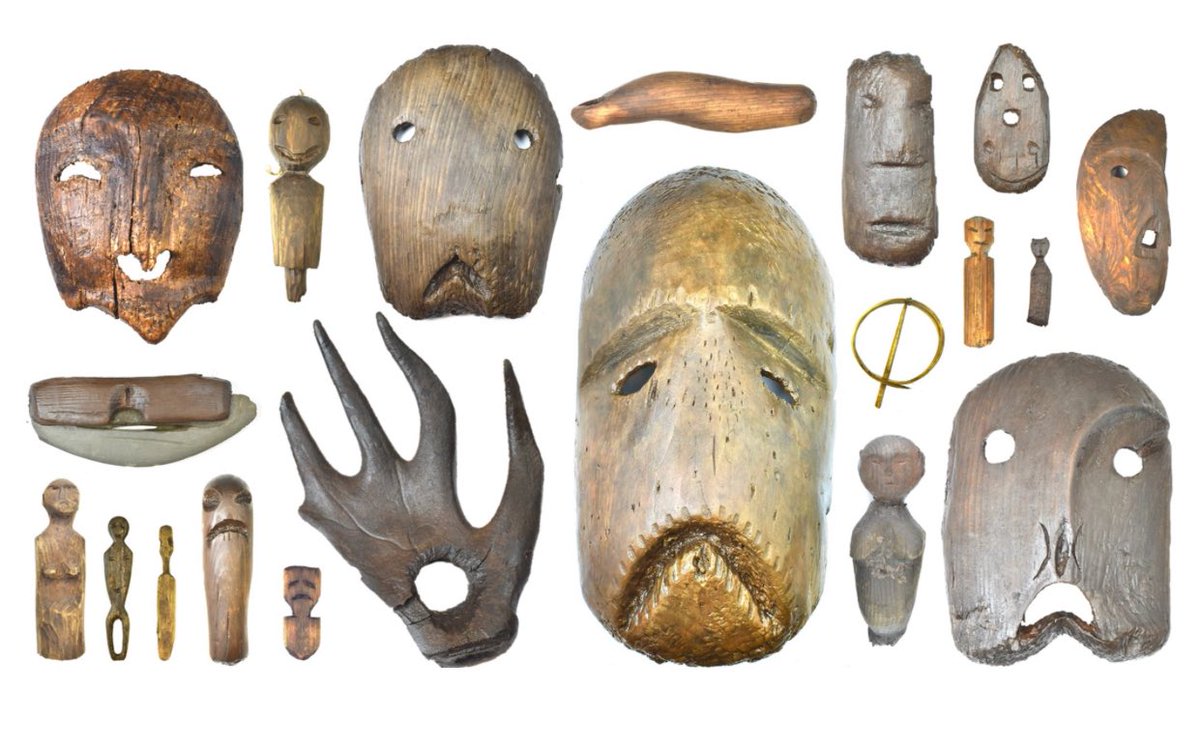
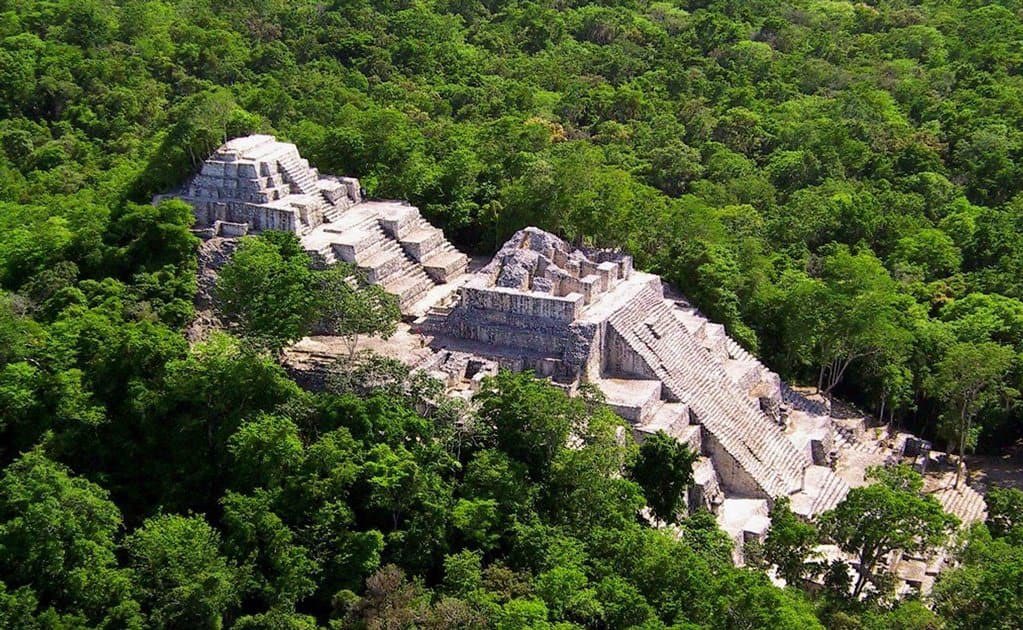
 La Danta isn’t just tall (230 ft).
La Danta isn’t just tall (230 ft).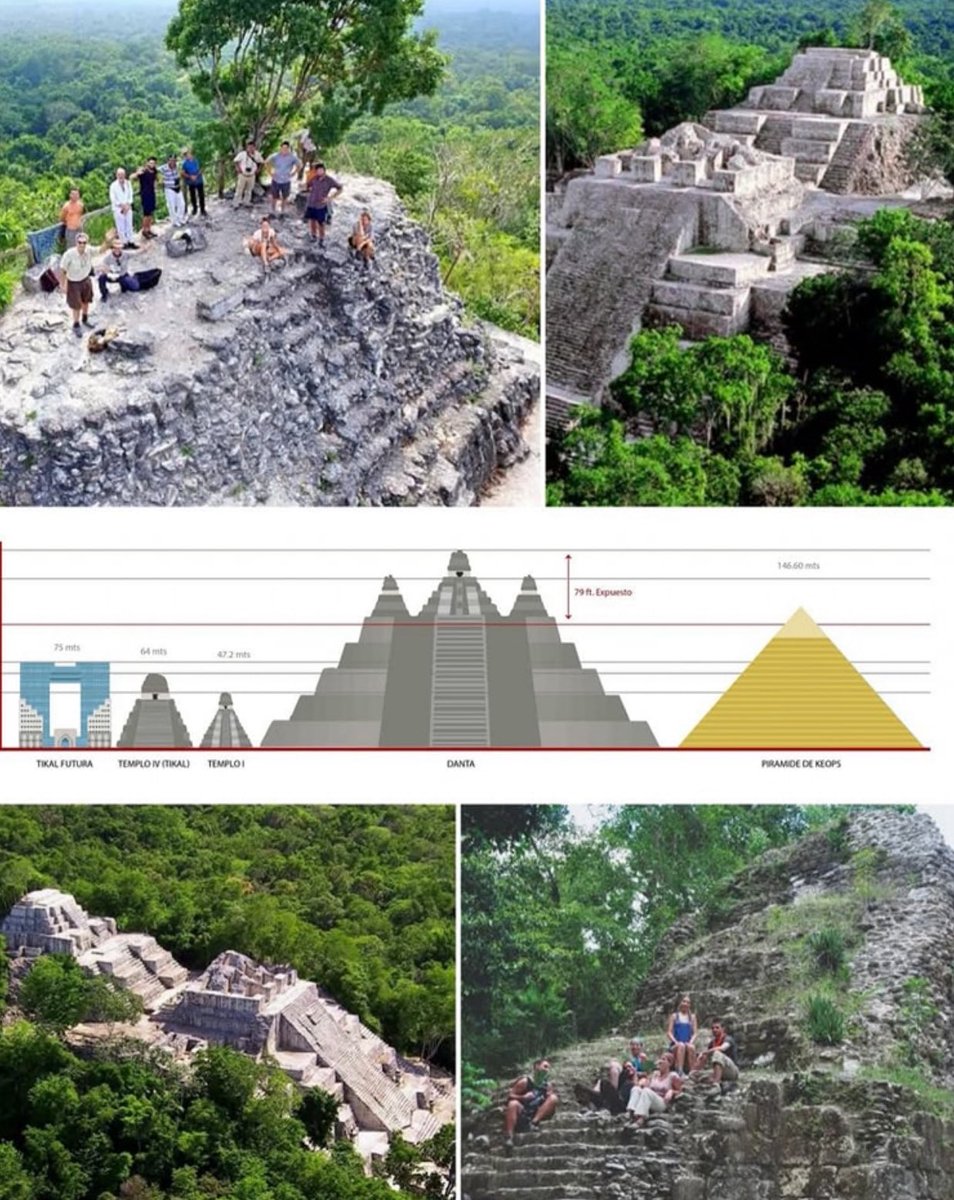

 The Great Lakes hold the richest native copper on Earth.
The Great Lakes hold the richest native copper on Earth.
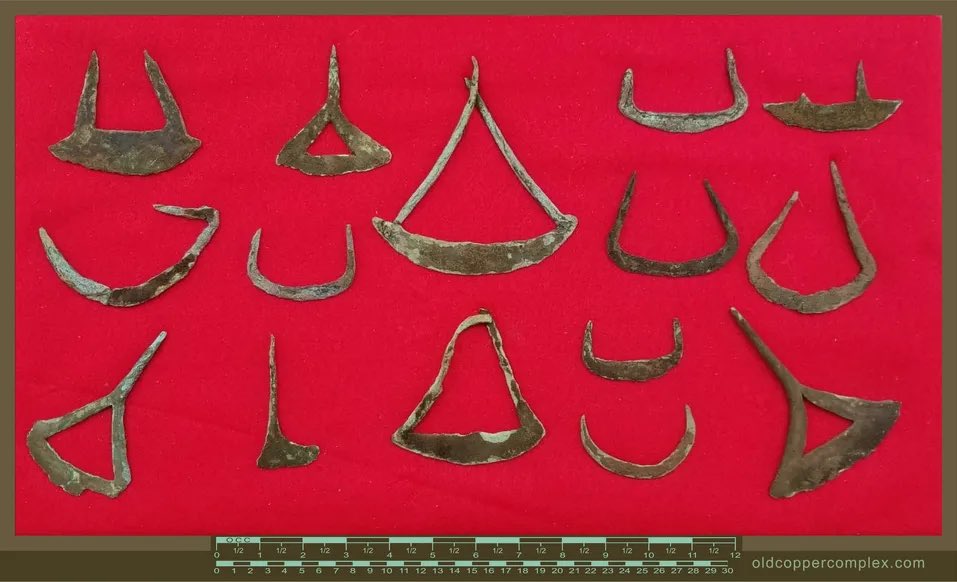
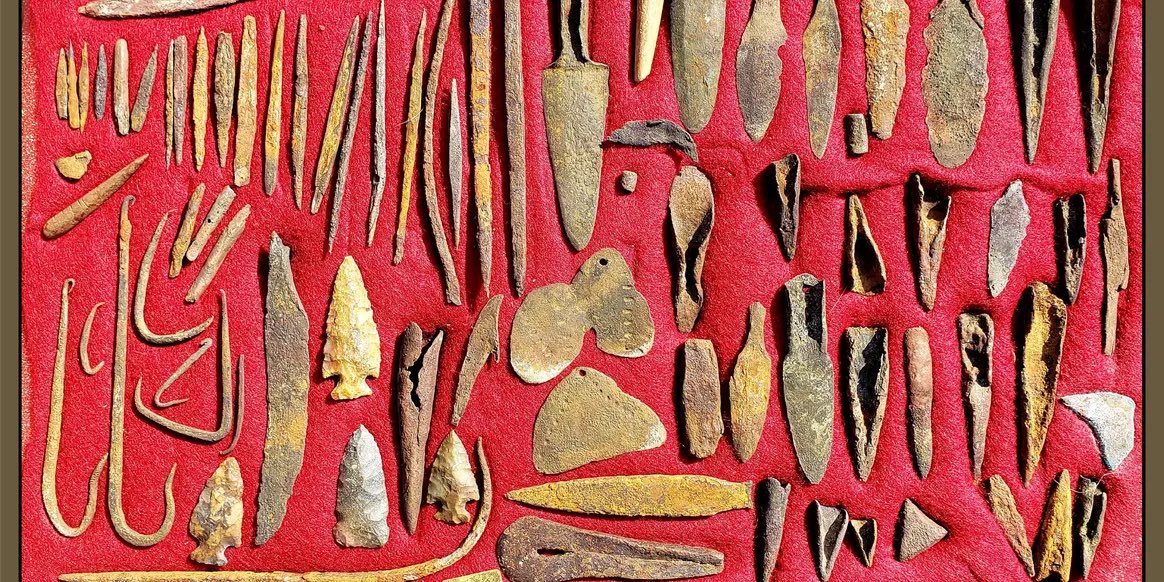
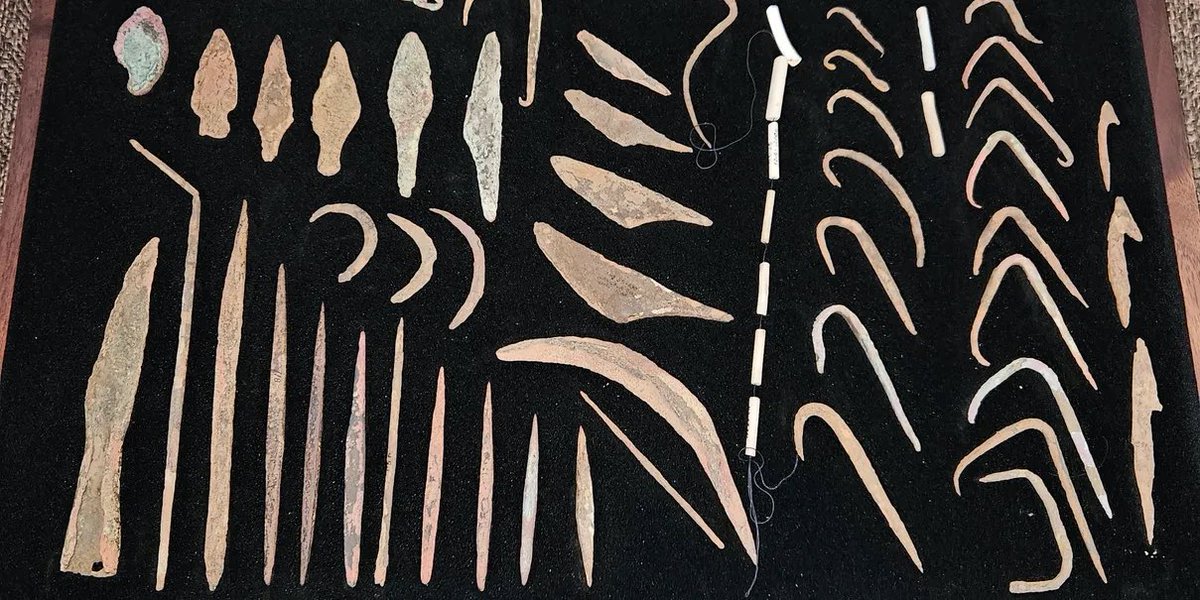
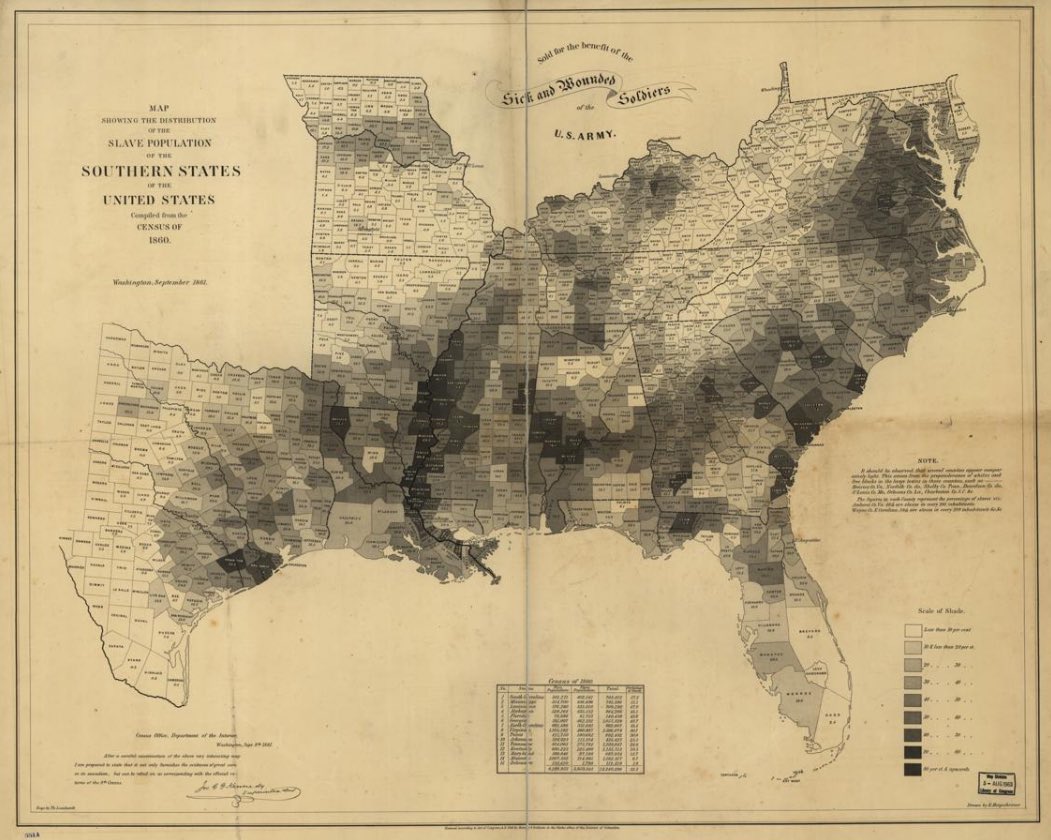
 The name first meant the soil….
The name first meant the soil….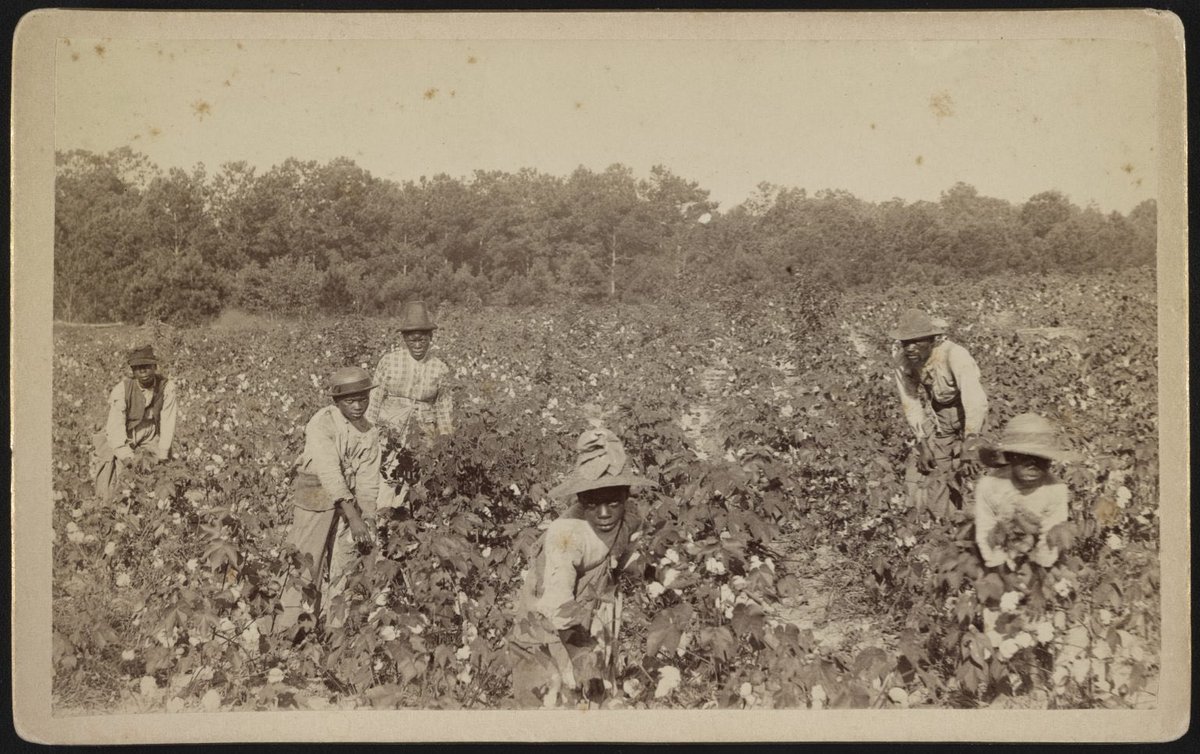
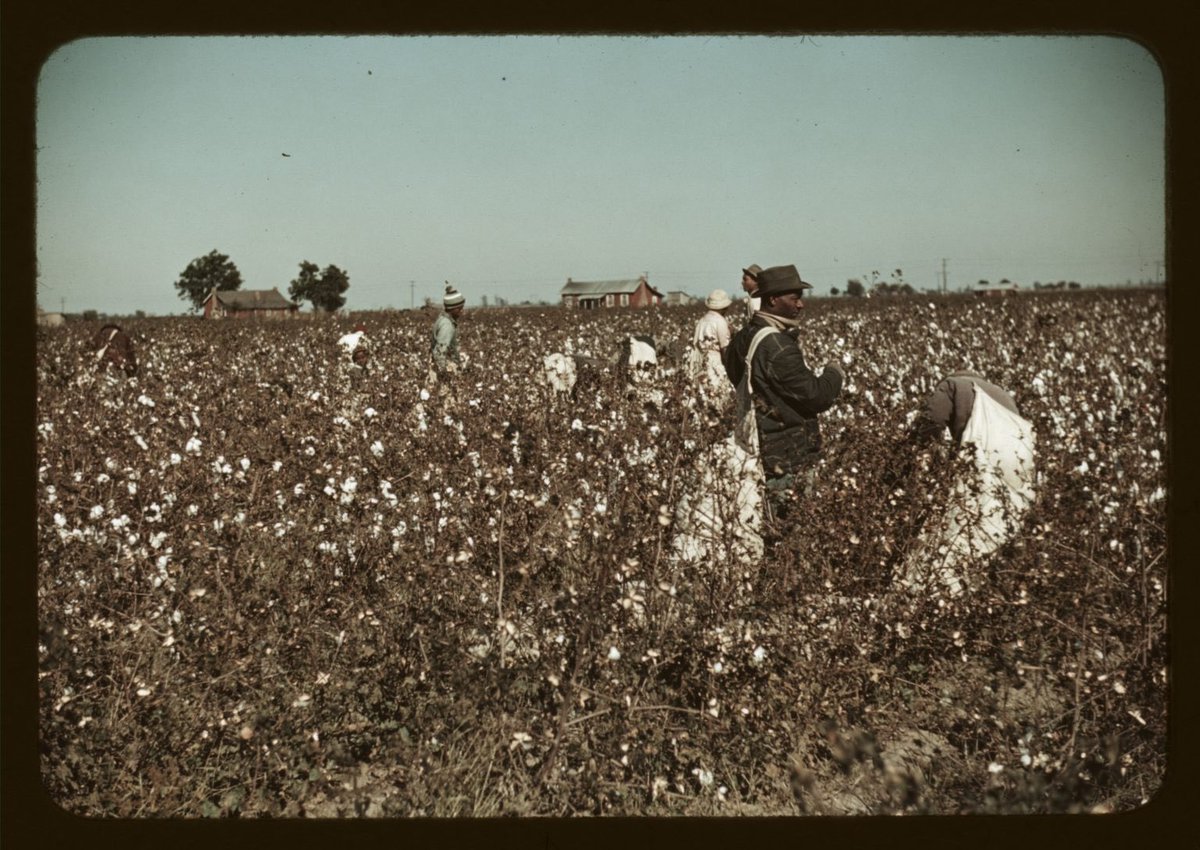
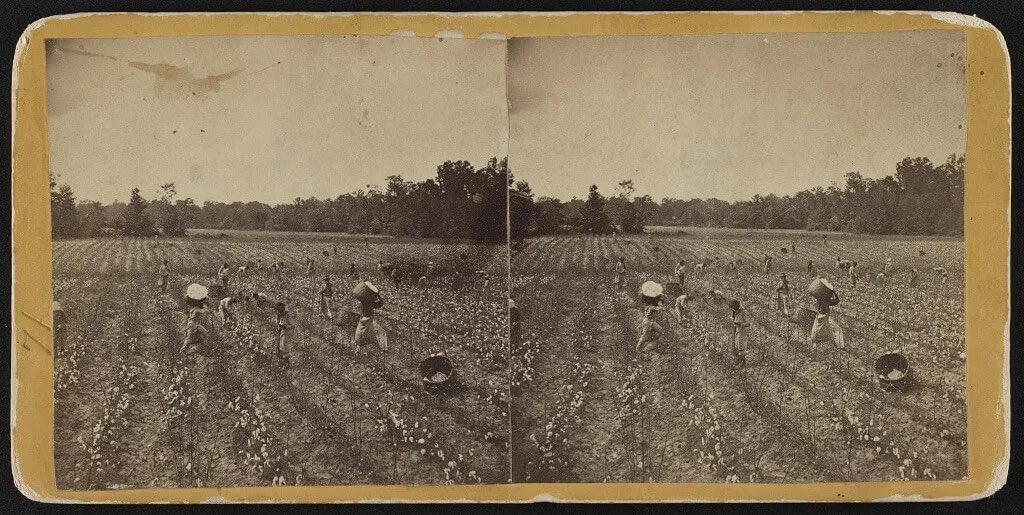
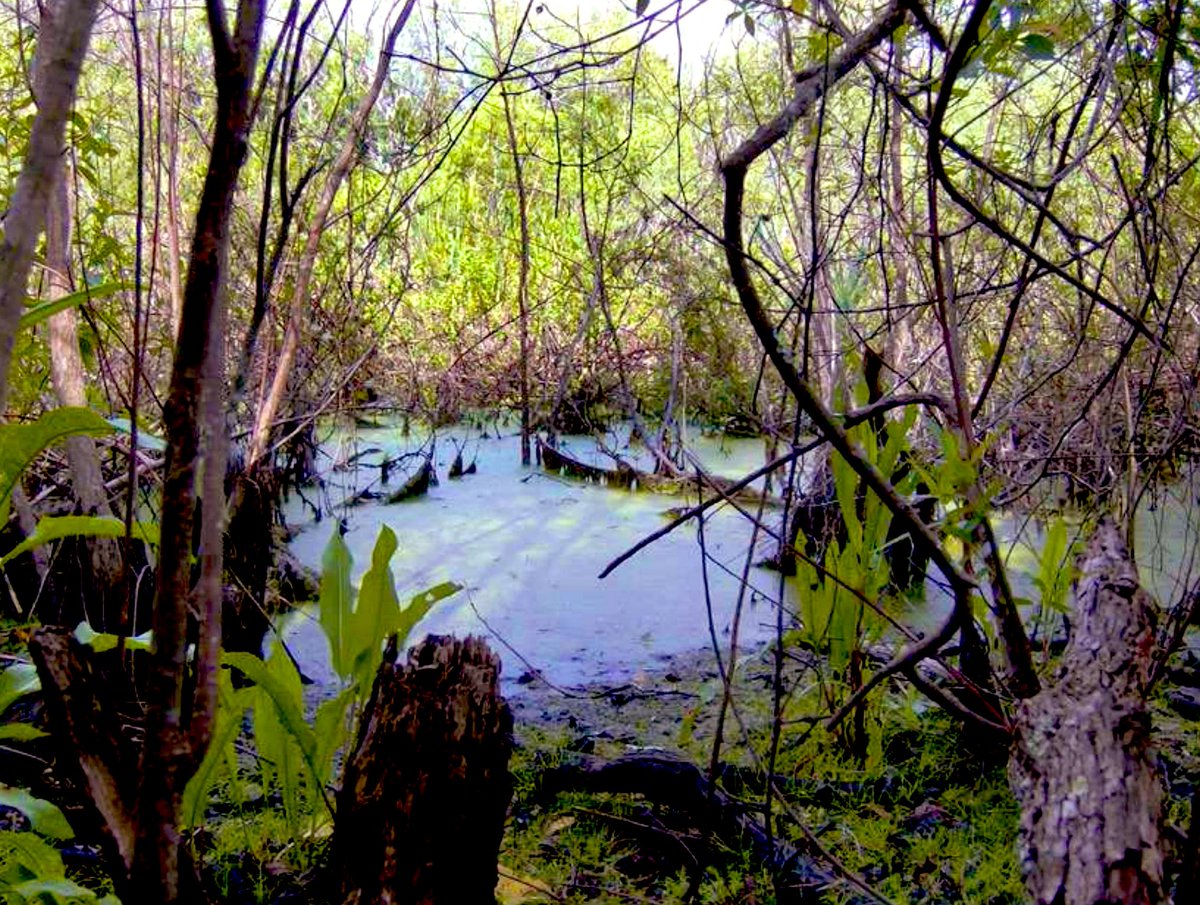
 In total, 168 people were found. Infants, children, adults, elders.
In total, 168 people were found. Infants, children, adults, elders.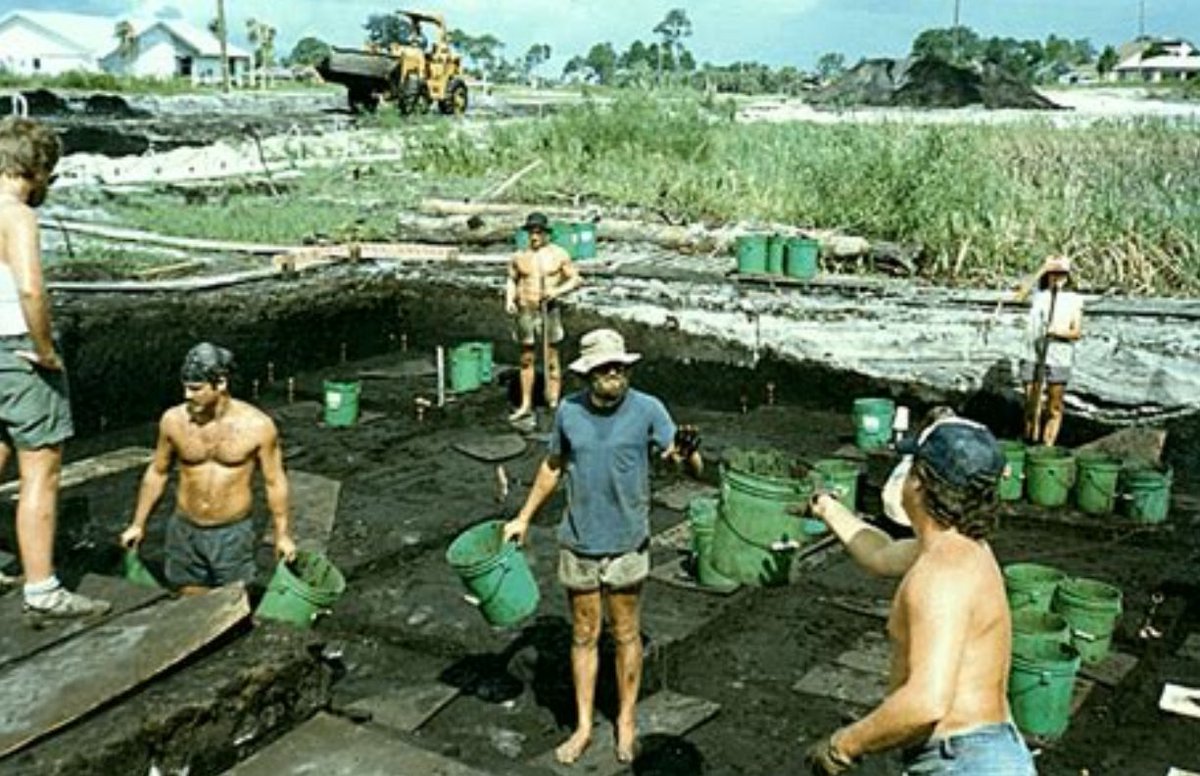

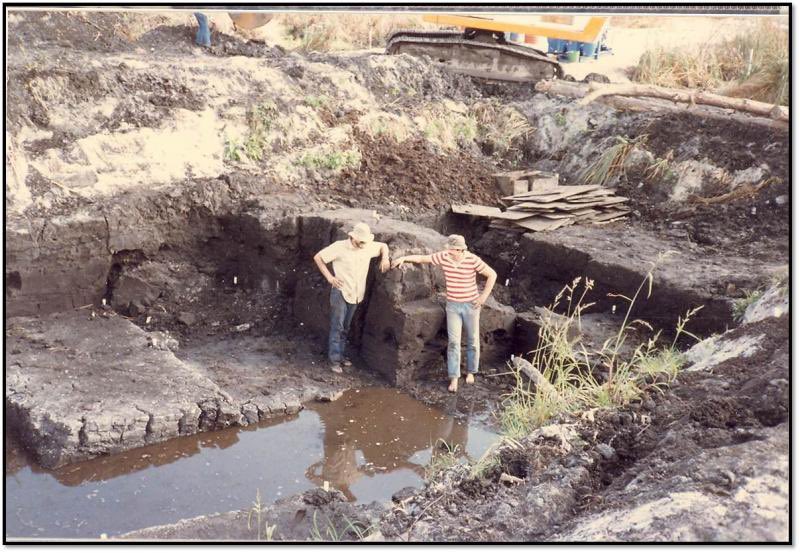
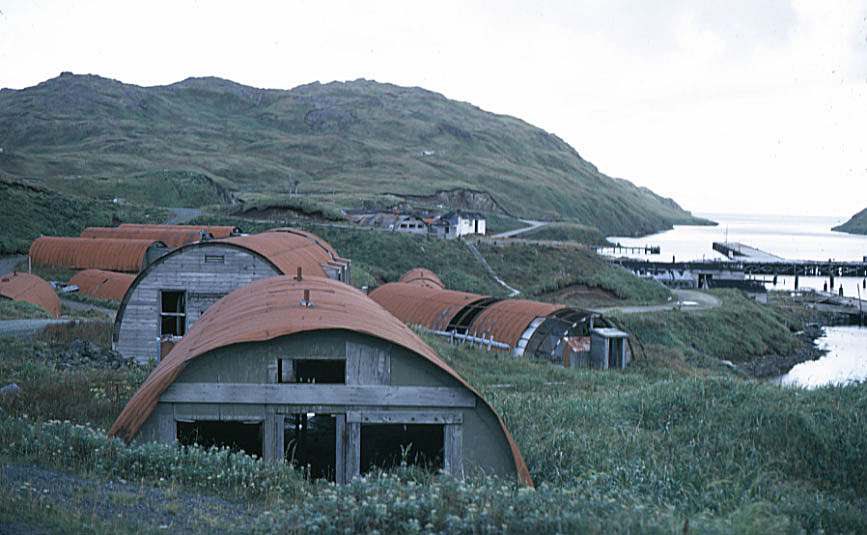
 They were called Quonset Huts.
They were called Quonset Huts.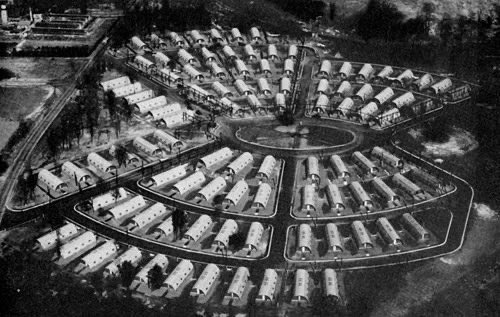

 This isn’t stone fossils.
This isn’t stone fossils. 